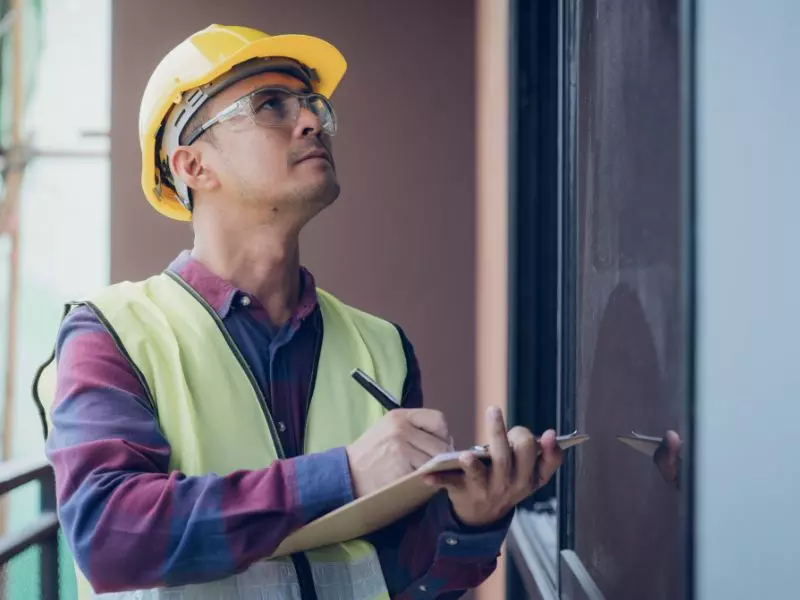
In the intricate world of architecture, commercial construction framing serves as the backbone of a building.
It's a critical aspect that has a direct influence on the durability and longevity of a structure. The choice of framing material, its design, and the precision in its installation shape the future of the building.
The Role of Commercial Construction Framing in Building Lifespan
Buildings are akin to living organisms. The wood frame serves as the skeleton, integral to its lifespan. Excellent commercial construction framing, adhering to the highest quality standards, paves the way for the building's endurance. It's an undeniable fact backed by countless structures around the globe, such as the Salk Institute for Biological Studies - constructed in 1965, the building's robust framing contributes significantly to its longevity.
Factors that Determine the Quality of Commercial Construction Framing
Quality in commercial construction framing isn't simply about selecting the best wood. It's a composite of various factors. Properties of the material, be it oak known for its strength or pine renowned for its versatility, play a part. It's also about embracing modern design techniques, such as platform framing, and traditional ones, like timber framing. The integration of stringent quality control measures during construction and ongoing maintenance after construction are other critical elements in this equation.
The Impact of High-Quality Framing on Building Longevity
High-quality wood framing isn't just about building for today; it's an investment in the future. A well-framed building is better equipped to withstand natural disasters, pests, and other potential sources of damage. Beyond the structural integrity, it keeps maintenance and repair costs manageable over the building's life. And beyond the economic argument, it creates a safer environment, enhancing the overall safety of the structure.
The Consequences of Poor Framing on Building Lifespan
The perils of poor framing can be severe. Buildings framed inadequately are prone to structural issues and are more susceptible to environmental factors. The collapse of the Ronan Point apartment tower in London is an apt reminder of the repercussions of subpar framing. These structures demand higher maintenance and, in some cases, even premature demolition.
The Economic Benefits of Investing in High-Quality Framing
Investing in high-quality framing may require a more initial outlay, but the long-term returns are significant. The lower maintenance and repair costs and the extended lifespan result in substantial savings. This, in turn, enhances the building's value, making a compelling case for investing in quality framing.
How to Ensure Quality in Commercial Wood Framing
Pursuing quality wood framing begins with engaging a reputable wood framing contractor. This involves looking at factors like experience, certifications, previous project portfolios, and customer reviews. The journey continues with implementing robust quality control measures during construction and scheduling regular inspections post-construction to safeguard the building's longevity.
Conclusion
In summary, high-quality commercial construction framing is a critical determinant of a building's lifespan. Its influence extends to the building's durability, safety, and economic value. By investing in quality framing, we're building structures that aren't just for today but stand firm, bearing the test of time for generations to come.
